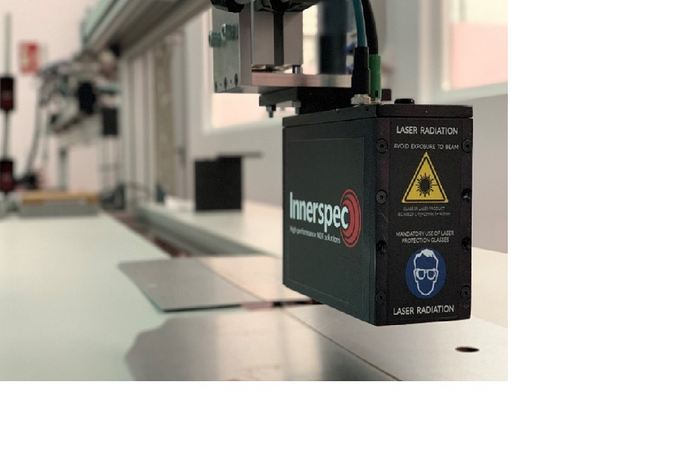Non-intrusive subsurface investigations for environmental and infrastructure projects
Industrial and military decommissioning activities, waste disposal practice and accidental spills have left a legacy of derelict sites within the urban environment. Communities must often overcome serious financial and environmental barriers to rehabilitate these "brownfields" sites. The availability of "greenfields", liability issues, time and cost of clean-up and a reluctance to invest in older urban areas deters private sector investment and deters brownfields reuse. One of the goals of the HYGEIA project was to develop cost-effective techniques capable of identifying pollution sources, their extent and distribution for enhancing the land rehabilitation. The project was designed to address this problem by developing dedicated software and data acquisition tools with particular reference to components for seismic, resistivity and GPR data acquisition. Information collected in a database of brownfields and contaminated sites' characteristics will be exploited for the development of realistic subsurface models and test of intermediate solutions and final deliverables. For this purpose, more than 30 state-of-the-art references about acoustic and electric properties of materials were considered from an extensive bibliographic review. Furthermore, sedimentological, electromagnetic, chemical and radioactivity measurements were performed over several samples. These were drawn from test sites representative of classes of broad and urgent interest in the field of brownfield redevelopment. Finally, sandbox modelling experiments provided insight into subsurface structure of interest, including PVC and metal pipes, fully or partially filled by different types of liquids, steel balls or clay blocks. New non-intrusive survey technology based on site characteristics can constitute an alternative to the invasive techniques usually adopted, which provide only localised information at high costs. All the information organised in the database has been aimed to improve the design and implementation of a cost-effective combination of different geophysical methods. The proposed integrated approach will be instrumental to obtain comparable information in a wide range of soil conditions.







